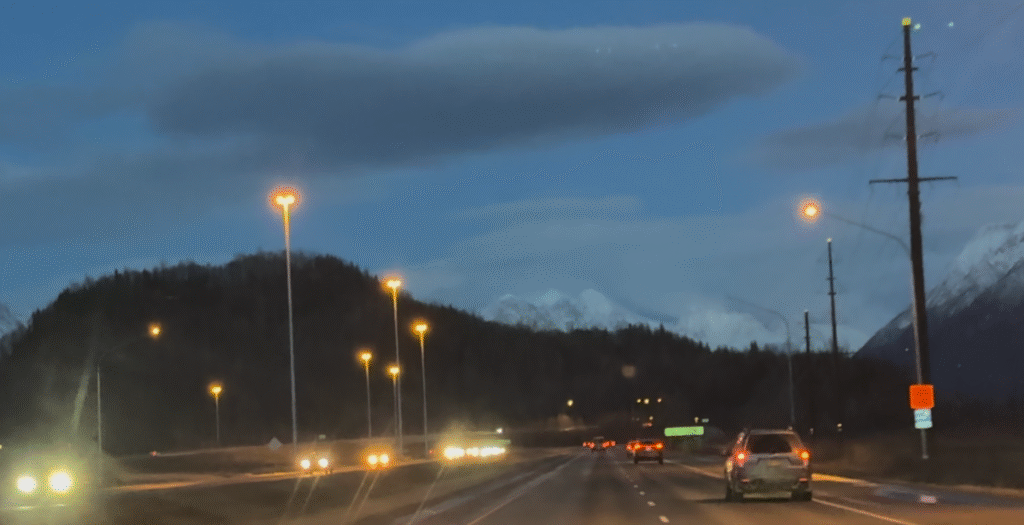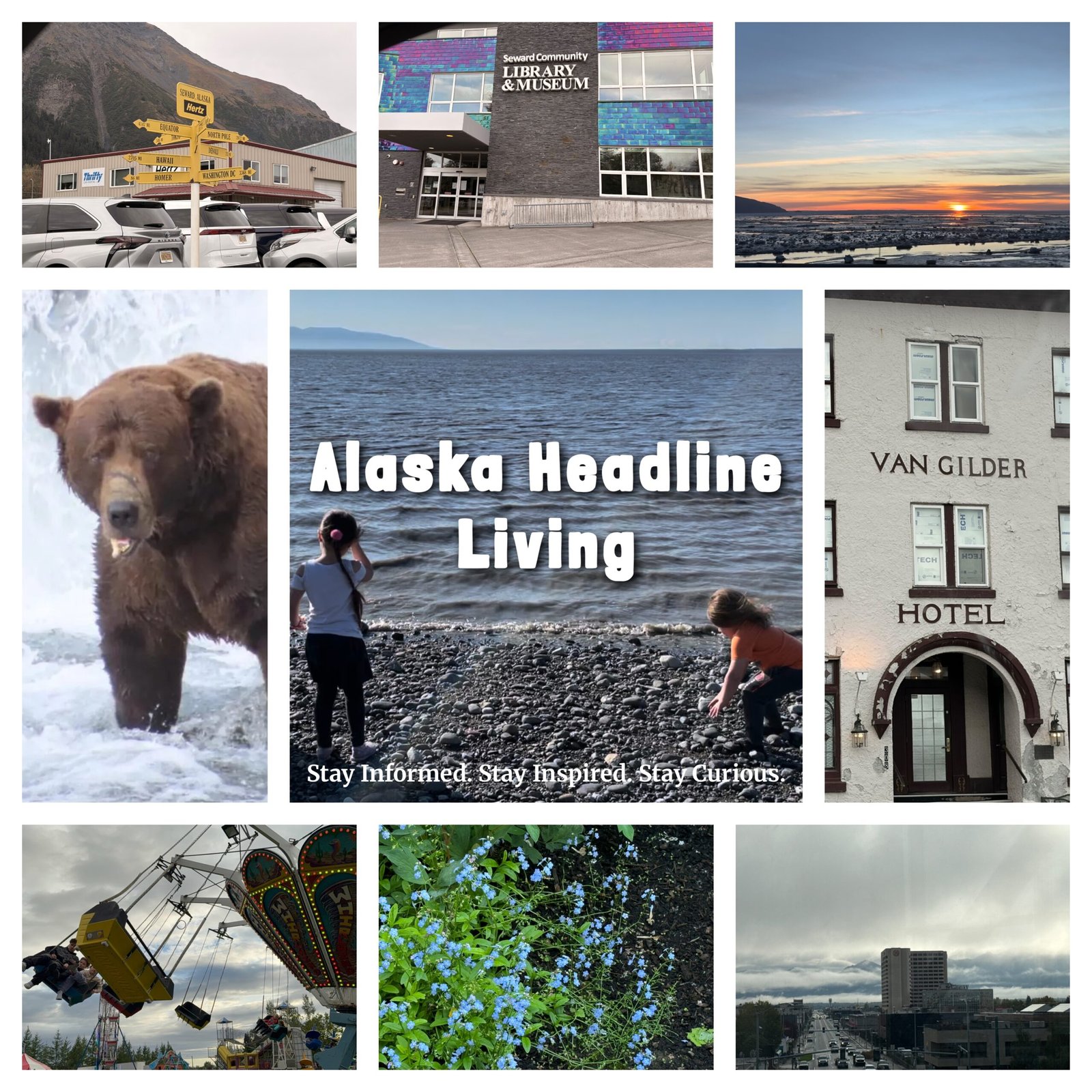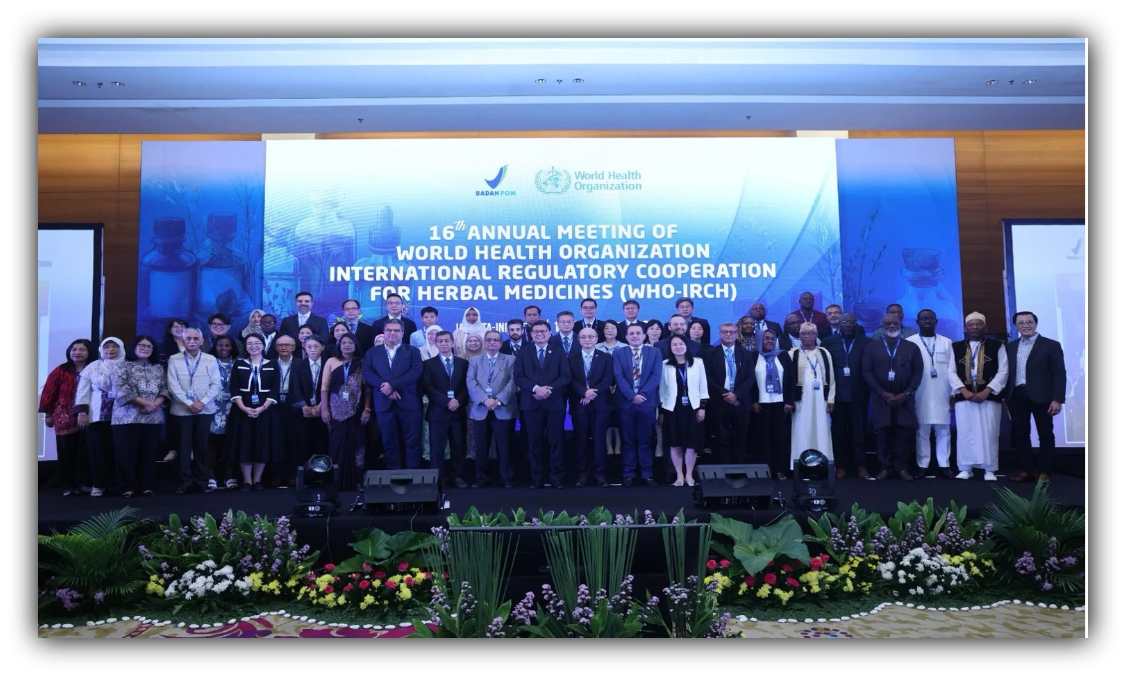ANCHORAGE – For thousands of Alaskans who make the Glenn Highway commute each day, the drive can feel like a battle: potholes, deep puddles, and unpredictable merging that turn rainy mornings into white-knuckle rides.
“Glenn HWY is the absolute worst when it rains,” wrote one Anchorage driver, posting under the handle NeitherAd6941on Reddit. “Lanes are so uneven water puddles in the middle of them, cars hydroplaning everywhere, puddles deep enough when a truck drives through them it splashes other cars windshields and blinds them entirely. Something needs to be done.”
Something, in fact, is on the way.
DOT Plans Major Overhaul
The Alaska Department of Transportation & Public Facilities (DOT&PF), working with the Federal Highway Administration, is preparing a multi-year rehabilitation of the Glenn Highway from Airport Heights Drive to the Parks Highway interchange.
The project will include:
- Resurfacing and structural repair of worn pavement.
- Drainage upgrades to reduce the standing water drivers often face.
- Ramp redesigns to improve merging safety.
- Median crossovers that give traffic managers options when accidents or closures snarl traffic.
Work is scheduled to begin in 2026 and continue in stages through 2031. DOT officials say night work and bypass lanes will help reduce impacts, but commuters should still prepare for slower drives and occasional one-lane restrictions.
Commuter Concerns
Frustration with the Glenn isn’t new. Social media threads often light up after heavy rains, when hydroplaning and splash-outs make the highway especially dangerous.
“Every time it rains, I feel like I’m gambling on whether I’ll make it home without a close call,” one Anchorage motorist commented on Facebook this summer. Others describe swerving to dodge puddles, trucks throwing walls of water across windshields, and sudden braking as lanes dip unevenly.
Those experiences highlight why drainage fixes and pavement leveling are among the top priorities in the coming construction.
What Drivers Can Expect
In the Short Term (2026–2028):
- Frequent lane closures and slower traffic.
- Ongoing issues with water pooling until drainage structures are replaced.
- Heavier congestion around Eagle River and major ramp areas.
By the End of the Project (2029–2031):
- A smoother, more consistent surface.
- Safer merging thanks to upgraded ramps.
- Less risk of hydroplaning with improved drainage.
- Better emergency response when crashes occur, aided by new crossovers.
Looking Down the Road
DOT officials stress the fixes are not just cosmetic, they’re designed to extend the life of the corridor and give the state more flexibility for future upgrades.
For commuters weary of dodging puddles and rattling over cracks, the payoff may be worth the years of construction. Until then, the advice is simple: expect delays, drive cautiously, and keep an eye on the road ahead.





